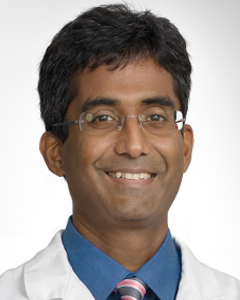Study Finds More Children Are Surviving Cancer Treatment “Late Effects”
Nearly 16,000 children get cancer each year. The common childhood cancers are acute lymphoblastic leukemia (ALL), Hodgkin lymphoma and Wilms tumor, which affects the kidneys. Cancer kills more children than any other disease in the U.S., according to the American Childhood Cancer Organization, but even when a child survives cancer there can be a difficult road ahead.
Advances in treatment have increased survivorship for childhood cancer, helping 80 percent of patients survive at least five years after treatment. However, these treatments also come with what we call “late effects,” or side effects that can cause health problems after treatment.
Late effects occur when healthy cells in the body are damaged during cancer treatment. Some of these problems may appear months or years later and can vary based on the patient, location of the cancer and type of treatment.
Radiation therapy and chemotherapy can have negative side effects on the healthy cells of a still-growing child, damaging the heart and lungs. Heart disease is one of the most serious late effects caused by cancer treatment in children. Cognitive delays, issues with memory, slow development and issues with eyesight are other types of late effects after cancer treatment.
Fortunately, a new study indicates that fewer children are dying as a result of late effects after cancer treatment.
In the 1970s and 1980s, about 18 percent of children who survived cancer died within the next 25 years. According to researchers, these deaths were partly a result of the cancer returning, but more so because of treatment. As I previously mentioned, radiation therapy and chemotherapy can pose a risk to children because they are still developing. These treatments not only affect organs, but can increase the risk of a patient developing another type of cancer.
The study, which reviewed data for more than 34,000 childhood cancer survivors treated in the 1970s and 1980s, showed that more than 1,600 of them died from a late effect of treatment — primarily cancer, heart damage or lung disease — during their follow-up care. However, childhood cancer survivors who were treated in the 1990s (when treatment had advanced), survived longer. Only 2 percent died because of late effects within 15 years compared to 3.5 percent of patients treated in the early 1970s.
Researchers say the reason for these statistics may be because doctors took a less aggressive treatment approach in the 1990s compared to the 1970s — when radiation was the primary treatment option. The “targeted” treatment, which is a drug specifically attacks the cancer cells and spares the normal cells have become available for certain cancers leading to less side effects. Imaging tests also have helped doctors pinpoint children who have a lower risk for cancer recurrence, making it possible to pursue less aggressive treatment for these patients.
This study highlights why it’s so important for us to focus on the effects of cancer treatment today and in the long term as we devise a treatment approach for children with the disease. It also highlights the importance of maintaining a healthy lifestyle after cancer treatment and getting regular follow-up care. Patients who regularly see their doctor can get screened for late effects, making early intervention possible and more effective, which will ultimately save more lives.


